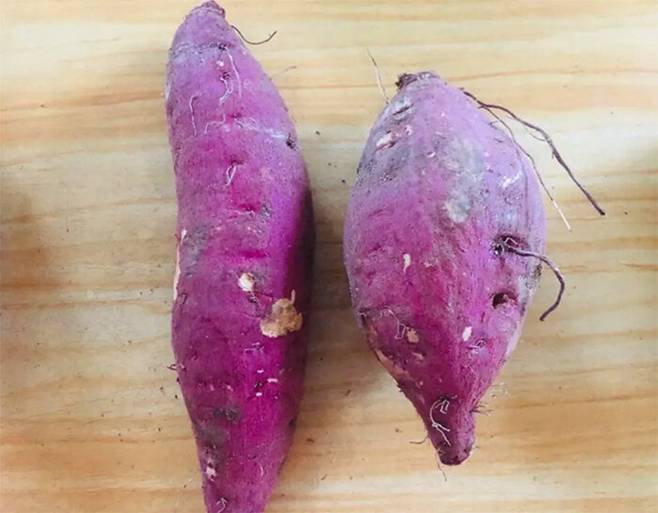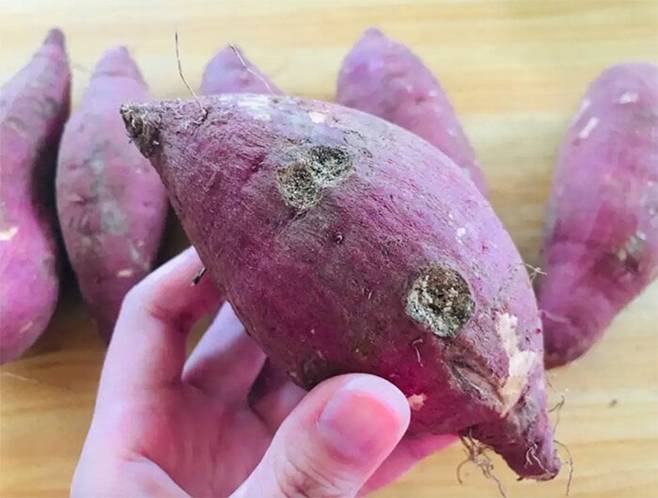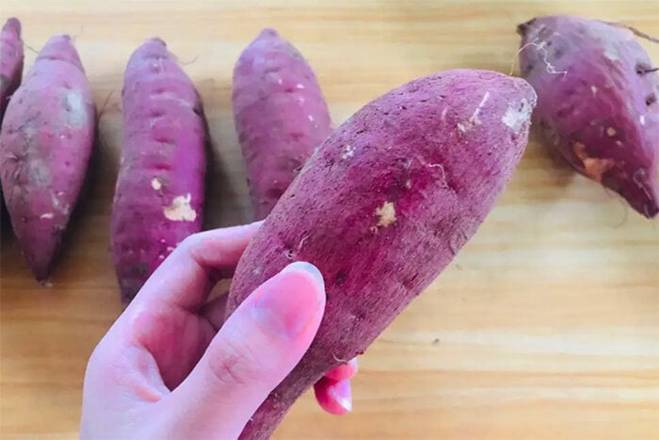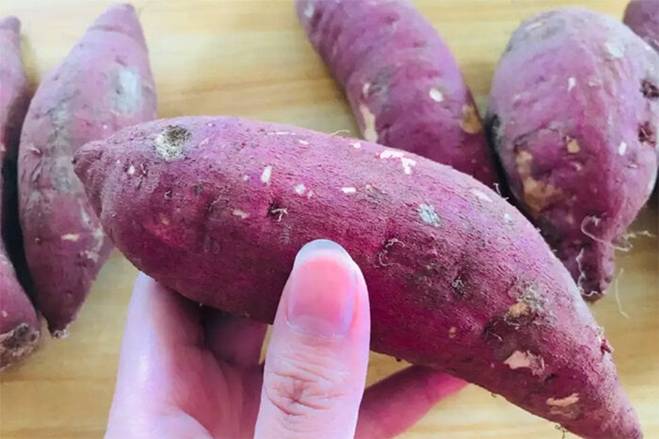Sweetsection>
The Benefits of Sweet Potatoes: A Nutritional Powerhouse
Sweet potatoes are an excellent source of energy and essential nutrients such as vitamins A, C, and B, as well as minerals like potassium, manganese, copper, and niacin. They are also rich in dietary fiber and antioxidants, which help protect the body against free radicals.
When it comes to choosing the right sweet potato, you’ll find two main types: the long and slender variety, and the round and plump variety. So, which is better – the ‘fat’ or the ‘skinny’ sweet potato? Experienced farmers recommend opting for the plumper sweet potatoes, as they tend to have a higher starch content, resulting in a sweeter taste and a softer texture with less fiber.
On the other hand, the longer, slender sweet potatoes are higher in fiber and may not be as sweet or aromatic. Additionally, round sweet potatoes are believed to have a higher nutritional value overall.

Fat or skinny – which sweet potato should you choose? (Image: Sohu)
When buying sweet potatoes, in addition to the shape, there are a few other factors to consider:
– Inspect the surface: Choose sweet potatoes with smooth skins, free from bruises or scratches. These will retain their freshness and flavor and are less likely to spoil during storage. Avoid potatoes with dents, insect holes, or dark spots, as they will not only taste bad but may also be rotten.

Pay attention to the surface of the sweet potato. (Image: Sohu)
– Heft test: Pick up the sweet potato. If it feels heavy for its size, it’s a good indication that it’s dense and flavorful, with a more intense taste.
– Examine the skin: If the skin of the sweet potato looks wrinkled, or the ends are shriveled, it’s a sign that it has been stored for too long. Avoid buying these, as they won’t taste as good, and may even be spoiled if stored improperly.

Avoid sweet potatoes with wrinkled skins. (Image: Sohu)
– Check the soil: Over time, the soil on freshly harvested sweet potatoes will dry out. This is an indication that the potatoes have a higher sugar content and will taste sweeter. Look for sweet potatoes with dry, sandy soil on their surfaces, as this means they were grown in sandy soil, resulting in a sweeter taste compared to those grown in clay soil.

Observe the fine sand on the surface of the sweet potato. (Image: Sohu)
Lastly, depending on your culinary needs, you can choose between purple, yellow, or white sweet potatoes. Purple sweet potatoes have a higher starch content and are less sweet, making them ideal for baking. Yellow sweet potatoes, on the other hand, have a softer texture and a sweeter taste, perfect for roasting or frying. White sweet potatoes, which are more crumbly, are often chosen for boiling or steaming.
According to VTC News

































